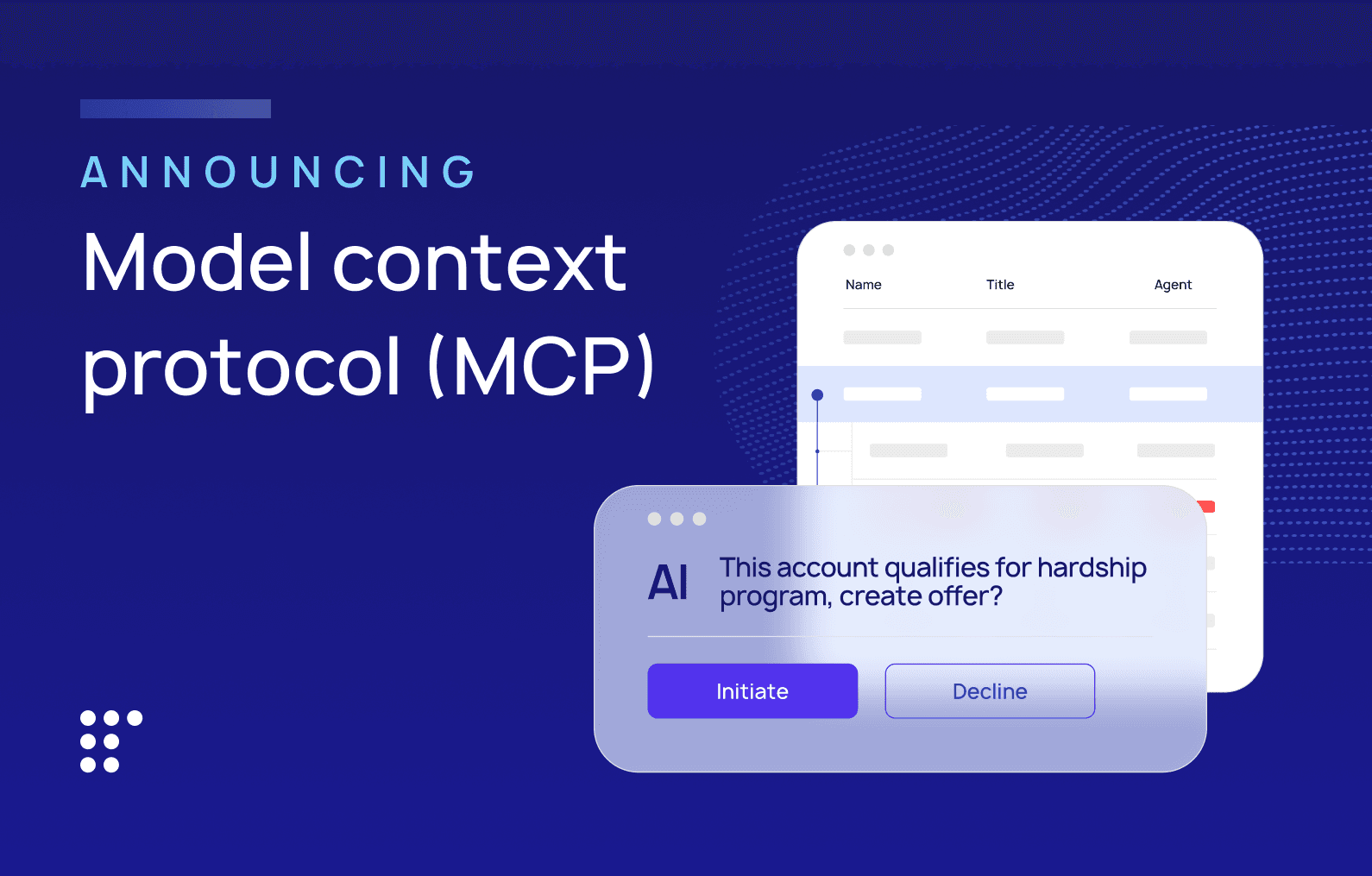Accrued: After Hours - Episode 20
The most recent episode of the Accrued podcast is live. This time, hosts Tedd Huff and Colton Pond are joined by two guests from Ensemblex, Shawn Budde and Chloe Zhu. Ensemble partners with lenders to scale and improve their products, offering advice and expertise throughout the credit lifecycle.
This article will give a quick recap of what they discussed and examine the major takeaways from the discussion. To hear the full conversation, stream it wherever great podcasts are available.
Here’s what went down
While the discussion ran through a wide range of topics, they mostly focused on three main themes.
- Credit providers neglect servicing and collections at their own peril.
- Lending and credit models need to focus on long-term customer value, but that requires greater data visibility than most legacy systems offer.
- There are lessons to be learned from both disruptive startups and longstanding mainstays of the industry.
Servicing and collections are often neglected
I think people just underappreciate how dangerous and lethal lending can be.
That’s how Chloe began a story about a credit provider new to the industry who had begun offering an earned wage access (EWA) product. They were overjoyed with the viral success of their product, and how much growth they’d seen in just a few months. But just a few months more, and a different story took shape as they tried collecting on those accounts.
Colton noted that LoanPro has seen that same problem time and time again, with companies investing heavily into their acquisition and origination processes while neglecting servicing and collections. But giving out money is the easy part. Success in the credit industry is wholly dependent on getting that money back—plus enough interest to cover expenses, overhead, acquisition, and losses from other accounts.
Shawn illustrates this, noting that in the late 90s, he joined a team of six account managers, compared to almost a hundred handling customer acquisition. This attitude, he argues, leaves money on the table. “They aren’t thinking about the downside of collections, but they also aren’t thinking about the upside of how to build relationships with customers.” Building relationships and repeat business is the secret to expanding your margins.
Build long-term lending models
Many companies can tell you their customer acquisition cost (CAC) down to the fraction of a penny. Far fewer can tell you the lifetime value (LTV) those customers will bring in. Especially in risky fields like lending, where a delinquent customer can actually cost you more than you could have ever earned from them, it’s vital to compare CAC to LTV to evaluate your current risks and invest wisely in the future.
Unfortunately, many banks and other lenders are missing the data visibility they need to make it work. Wading through what Chloe calls a “data swamp”, they’re unable to make quality decisions on individual customers or overall strategy.
Shawn explains that poor data and models often manifest in a ‘sawtooth’ pattern as companies repeatedly overcorrect their approach, but it continues to decay over the following months. The key is to make sure your model works consistently over time. If your model works great in one quarter, but needs to be refitted the next, it’s because the model was missing the mark all along.
When asked about AI applications in lending, Shawn clarified that when we talk about AI, we’re talking about a number of different tools that can be approached in different ways. One key distinction he makes is between supervised and unsupervised AI. We can trust an unsupervised AI to complete some tasks, but underwriting isn’t one of them.
Still, AI can have a place in fintech and underwriting specifically, like identifying correlations between borrower data and repayment that can improve predictive models. Paired with supervision and testing, there’s no reason to rule out AI completely.
As Chloe explains, too many of us view AI in extremes. But we can all recognize with similarly disruptive tools (personal computers, the internet, smart phones) that they’ve brought mixed results for individual users, businesses, and society as a whole. What’s important is not the just specific tools used, but the outcomes they achieve. And with underwriting, where rejection can mean limiting a person’s economic opportunities (or worse yet, allowing them to overextend into debt they can’t repay), credit providers need to be judicious.
Key takeaways
Here’s the five key points we learned from this episode.
- Avoid the biggest lending mistake startups make. Lending can be lethal. Overextending risk can look like runaway success and growth. This is especially true for companies that have invested heavily in their acquisition and origination at the expense of servicing and collections.
- With AI and other predictive models, aim for consistency. Shawn and Chloe warned against the two polar positions many commentators take on AI—either that it’s a miracle here to save the world, or that it’s Skynet and we’re already doomed. AI can be a useful and practical tool when the users behind it take the right approach. Shawn specifically called out consistency. If a model needs to be constantly refitted to match new data, it’s a bad model.
- Start compliance early to save time and money. An ounce of prevention is worth a pound of cure, and a small investment into building compliance processes and products is definitely worth avoiding fines, penalties, and other adverse actions. Like we saw with the CFPB’s recent ruling on BNPL falling under Reg Z, it’s much easier to build products and processes in line with regulatory requirements than to retroactively make adjustments.
- What’s your customers’ lifetime value? Many credit providers simply lack the data visibility they need to accurately calculate customer LTV. Mired in the data swamp, they’re unable to extract any actionable information that could shape their retention strategy. It may be an investment to make that data visible, but without clear insight into customer LTV, those credit providers are driving blindfolded.
- Look globally to stay ahead. The U.S. market and regulatory landscape is not an island. The products and policies that gain traction in international markets are likely to see adoption in the U.S. as well. We saw this recently with the CFPB’s 1033 rule, which lays the regulatory groundwork for U.S. financial institutions to offer the open banking products and services like those already offered in Europe and Brazil.




